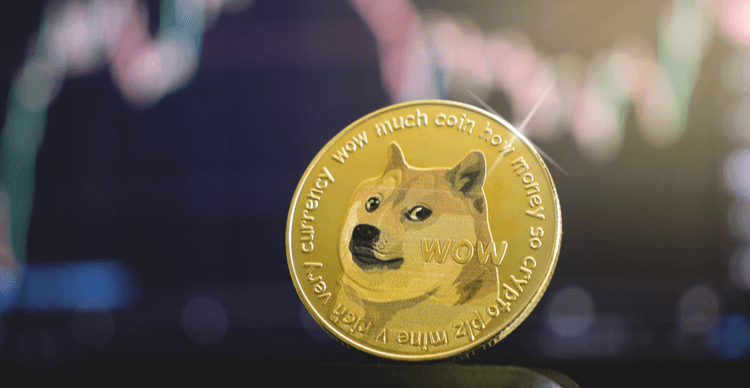Political Economy of Intellectual Property Rights
In today's globalized and knowledge-driven economy, the protection and enforcement of intellectual property rights (IPRs) play a crucial role in fostering innovation, encouraging creativity, and driving economic growth. The political economy of intellectual property rights explores the complex interplay between politics, economics, and the legal frameworks governing intellectual creations. This article delves into the multifaceted dimensions of IPRs, their historical development, economic implications, international perspectives, challenges, and the role of governments in shaping and regulating these rights.
Understanding Intellectual Property Rights
Intellectual property refers to intangible assets resulting from human intellectual creativity, such as inventions, literary and artistic works, trademarks, and trade secrets. Intellectual property rights grant creators exclusive rights over their creations for a specified period, allowing them to control and benefit from their innovations. These rights are crucial in incentivizing innovation, rewarding creators for their efforts, and fostering a climate of creativity and entrepreneurship.
The Intersection of Politics and Economics
The political economy of intellectual property rights examines how the interaction between politics and economics shapes the framework for protecting and enforcing IPRs. Political decisions and policies influence the scope and duration of these rights, the level of enforcement, and the balance between the interests of creators and society at large. Simultaneously, economic factors, such as market dynamics, trade agreements, and technological advancements, impact the value of IPRs, the incentives for innovation, and the distribution of benefits in society.
Historical Development of Intellectual Property Rights
The history of intellectual property rights can be traced back centuries. The origins of patents, copyrights, and trademarks can be found in ancient civilizations, where artisans and inventors sought recognition and protection for their creations. Over time, legal frameworks evolved to accommodate changing societal needs and technological advancements. The Statute of Anne in 1710, often regarded as the first copyright law, and the Paris Convention for the Protection of Industrial Property in 1883 marked significant milestones in the development of modern intellectual property systems.
Economic Impact of Intellectual Property Rights
Effective intellectual property systems have a profound impact on economic growth, job creation, and overall societal well-being. Intellectual property-intensive industries contribute significantly to GDP and employment, fostering innovation, and driving technological advancements. By providing creators with exclusive rights, IPRs encourage investment in research and development, facilitate technology transfer, and incentivize the dissemination of knowledge. Furthermore, strong intellectual property protection attracts foreign direct investment and supports international trade.
Criticisms and Challenges
Despite the undeniable benefits, intellectual property rights also face criticisms and challenges. Critics argue that excessive protection can stifle innovation, restrict access to essential goods and services, and create monopolistic tendencies. Concerns arise regarding the rising costs of patented medications, the limitations on the free flow of information and knowledge, and the potential hindrance to technological advancements. Striking the right balance between granting exclusive rights and promoting access to information remains a complex and ongoing challenge.
International Perspectives on Intellectual Property Rights
Intellectual property rights are a global issue, and different countries have varying perspectives and approaches to their implementation. The World Intellectual Property Organization (WIPO) provides a forum for international cooperation and sets standards for intellectual property protection. International agreements, such as the Trade-Related Aspects of Intellectual Property Rights (TRIPS) Agreement, harmonize intellectual property laws and ensure a minimum level of protection across nations. However, debates continue over the harmonization of standards and the cultural, social, and economic implications of such agreements.
The Role of Government in Intellectual Property Rights
Governments play a crucial role in shaping and regulating intellectual property rights. They establish legal frameworks, grant patents, copyrights, and trademarks, and enforce these rights through legislation and legal systems. Governments must strike a balance between protecting the interests of creators and promoting access to knowledge and innovation for the broader public. Public policies, such as compulsory licensing, fair use exceptions, and patent pools, are designed to address these challenges and ensure a fair and equitable intellectual property regime.
Balancing Interests: Innovation vs. Access
The tension between innovation and access lies at the heart of discussions surrounding intellectual property rights. While exclusive rights incentivize innovation and enable creators to reap the benefits of their work, it is also essential to ensure that knowledge and innovation are accessible to all. Striking the right balance involves fostering a robust intellectual property system that encourages creativity, rewards innovation, and promotes public welfare through mechanisms like technology transfer, licensing agreements, and affordable access to essential goods and services.
Intellectual Property Rights in the Digital Age
The digital revolution has presented new challenges and opportunities for intellectual property rights. The ease of digital reproduction, widespread online sharing, and the rise of the internet have disrupted traditional models of intellectual property protection. Issues such as copyright infringement, digital piracy, and the protection of digital assets require innovative approaches and collaborative efforts among governments, technology companies, content creators, and consumers to ensure a sustainable and thriving digital ecosystem.
Case Studies: Intellectual Property Rights in Action
Examining real-world case studies provides valuable insights into the practical implications of intellectual property rights. Examples include landmark patent battles in the technology industry, copyright disputes in the entertainment sector, and the protection of traditional knowledge and cultural expressions. Case studies offer a deeper understanding of the challenges faced by creators, the complexities of enforcing intellectual property rights, and the potential impact on innovation, creativity, and access to knowledge.
Future Trends and Implications
The future of intellectual property rights is shaped by emerging trends and evolving societal needs. Technological advancements, such as artificial intelligence, blockchain, and 3D printing, raise novel questions about the scope of protection, ownership, and enforcement of intellectual property. Debates surrounding open access, open-source software, and collaborative innovation continue to challenge traditional models. Additionally, ongoing discussions on data privacy, genetic resources, and the digital economy will have significant implications for the future landscape of intellectual property rights.The political economy of intellectual property rights highlights the intricate relationship between politics, economics, and innovation. Effective intellectual property systems strike a delicate balance between rewarding creators, fostering innovation, and ensuring access to knowledge and goods for the broader public. Governments, international organizations, and society as a whole must continue to navigate the complexities of intellectual property rights to foster a climate of creativity, innovation, and sustainable economic growth.









 English (US) ·
English (US) ·